PLEASE BE PATIENT – This post has a lot of images to load.
Review of Wonders in the Sky: Unexplained Aerial Objects from Antiquity to Modern Times, by Jacques Vallee and Chris Aubeck (Tarcher / Penguin, 2009); 500 pp.
I’ve been promising this review for some time, so it shouldn’t be a surprise it’s very lengthy (due in some part to lots of pictures). Hey, read it in stages!
To begin, I should say up front that I have mixed feelings about this book. The title of this post / review might suggest that I don’t think it’s worthy of your time as a reader. That isn’t the case. An amazing amount of dedication and research went into this book. Its authors deserve positive recognition for their work — and in particular Mr. Aubeck, whose industry, I think I can safely presume, was most instrumental in producing this unique resource. For reasons I will try to explain, though, I didn’t find the content that impressive. If I had to describe Wonders in the Sky in one phrase it would be “very useful but unpersuasive.” Still, anyone interested in UFOs should own a copy.
The Structure of the Book
Wonders in the Sky is essentially a catalog of many hundreds of strange aerial sightings and phenomena, some of which are accompanied by the presence of “entities,” culled from a panoply of original source documents. In the Introduction to the book the authors describe the structure of the material they have amassed:
Part I: Chronology of Wonders
“Contains 500 selected events that give, in varied detail, descriptions of aerial phenomena that have remained unidentified after we exhausted analysis with the means at our disposal. For convenience of the reader, it is divided into six distinct periods. . . .” (p. 20)
The six distinct periods range from the late second millennium BC to the mid-19th century. While the authors speak of a close analysis in the quotation above, analysis is one of the more profound weaknesses of the book. I found a lack of critical thinking frequently evident, little use of external academic resources that would have undermined many cases, and inconsistency in their own standards of inclusion or exclusion (see #s 2 and 3 below). But to be fair, this was no doubt due in part to the incredible effort involved just to gather these cases and transform the accounts into something readable.
Part II: Myths, Legends, and Chariots of the Gods
The authors explain that this section “… [D]raws the lessons from the larger body of physical data that has come to form man’s view of the universe. By restricting ourselves to a period stretching from Antiquity to the Age of Flight, we were able to apply systematic standards to reports of unknown things in the sky. In the process, we had to make our way through much material that did not fit our criteria for valid entries as aerial phenomena, yet provided considerable insight into cultural, religious, or social attitudes of the time.” (p. 21)
While the authors note that “some of the rejected material is assembled in this section of the book but our assessment of it is not final,” (p. 21) one of my problems with the book (see below) was how material that was specifically rejected (e.g., sightings judged as meteorological or purely religious experience) still finds its way into various parts of the book and assessed as “unexplained” (which, for the authors, veers definitely toward the extraterrestrial). In other words, there are “accepted” accounts that are “unexplained” that have precisely the same sorts of descriptive language and motifs as rejected material, yet they are still put forth as “unexplained” (and so, probably alien). This doesn’t happen only a handful of times, I marked dozens of them. This is either sloppy or designed to bias the reader.
Part III: Sources and Methods
It is in this section that the authors “disclose [their] selection criteria and the process through which we assembled the chronology” (p. 21). The authors claim that these criteria “delve into the difficult issues of scholarship, when the problem is to decide which version of a particular historical event is worthy of being retained, and which is inaccurate, deceptive, or frivolous” (p. 21).
While I would not conclude from the content of the book that the above effort never took place, there is little actual analysis in the book, and very little of what I would call scholarship. The authors almost never consult any significant studies that would come to bear on both their criteria and their conclusions based on those criteria. I will offer examples below.
Conclusion
In their conclusion section, the authors review major patterns (e.g., time of day or night for sightings) that they were able to discern from the cases they offer, as well as attempt to draw points of contact with the UFO phenomenon as it is today.
This is a bit misleading, in that, in their Introduction the authors actually summarize four conclusions, conclusions that go beyond the description above. Those conclusions (p. 12) are:
1. Throughout history, unknown phenomena variously described as prodigies or celestial wonders, have made a major impact on the senses and the imagination of individuals who witnessed them.
2. Every epoch has interpreted the phenomena in its own terms, often in a specific religious or political context. People have projected their worldview, fears, fantasies, and hopes into what they saw in the sky, and still do so today.
3. Although many details of these events have been forgotten or pushed under the colorful rug of history, their impact has shaped human civilization in important ways.
4. The lessons drawn from these ancient cases can be usefully applied to the full range of aerial phenomena that are still reported and remain unexplained by contemporary science.
Some of these observations are obvious; others are exaggerated. For instance, how have these aerial phenomena “shaped human civilization in important ways”? I’d like one example that caused some sort of paradigm shift or had some direct cause and effect relationship that had a significant historical impact. Readers might point to Constantine’s vision of a cross in the sky as a history-shaping event, However, the authors of Wonders in the Sky exclude this event from their chronology of wonders. They do note its great importance, and on pages 388-390 they explain its exclusion.
First, they cite a 1905 atmospheric study that provides “. . . many examples of similar phenomena caused by reflexions [sic] or refractions due to ice crystals or water droplets in the atmosphere.” Second, they go on to cite the two main sources for the account (Eusebius and Lactantius, noting that the sources contain contradictions. In the earliest of two accounts by Eusebius, the ancient writer does not refer to a cross in the sky. He includes the observation in his later account. Lactantius makes no mention of a cross in the sky, attributing Constantine’s supernatural incentive as coming in a dream where he was instructed to use the X-Rho symbol in battle. As such, it appears that Constantine’s only supernatural “visitation” was his professed encounter with the pagan god Apollo three years earlier.
In view of the conflicting data, the authors’ decision to exclude the Constantine event seems appropriate to me — and so I again ask for some instance of aerial weirdness that shaped history. This is an exaggeration. But worse for the present book under review, the Constantine issue speaks to a glaring inconsistency in the book. While citing the 1905 study that provides a natural explanation for a “cross” in the sky, the author nevertheless include many such accounts in their chronology of wonders. Why?? Occam’s razor would suggest that a known meteorological phenomenon is a better explanation for a cross shape in the sky than an alien craft from light years away.
Although the authors make a point in several places in the book of trying to communicate objectivity with respect to the content of the “wonders” they chronicle, they telegraph that they are committed (or at least lean heavily) toward an ET (or, for Vallee, “sinister non-human intelligence”) explanation for these “unexplained events.” What else can I conclude with introductory page sections entitled: “Otherworldly Beings, Celestial Vehicles” and “Alien Contact: Mankind’s Oldest Story.” Please.
Some Critical Analysis
I’ll try and order my criticisms in such a way that you get the gist of my dissatisfaction.
1. “Aerial Phenomena” (Stuff that is unusual, but not alien)
One of the great frustrations with the book as that a highly disproportionate number of the hundreds of cases the book includes don’t have a prayer of being extraterrestrial. I’d be willing to bet that less than 5% of the cases are really anomalous. The “chronology of wonders” is filled with things seen that no one today would consider alien or supernatural — and if they did, they would be absolutely wrong, at least if we care about science. Examples:
A. Crosses in the Sky
I have a collection of weird cloud formations. Comes in handy for things like this. I have to wonder how much critical thinking the authors employed in their analysis letting any case pointing to crosses in the sky pass muster. It couldn’t have been much. Granted, if someone in post-2nd century antiquity and the Middle Ages saw the following, they’d think they were signs from God. But do we really need God — or aliens (!) to explain these:
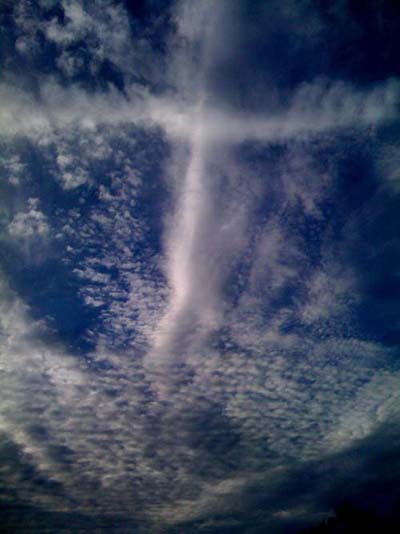
 No, these aren’t signs from God. And their not alien-caused, either. They are pictures of clouds crossing at just the right time.
No, these aren’t signs from God. And their not alien-caused, either. They are pictures of clouds crossing at just the right time.
B. “Round ships”; “round shields”; “hands” and “spears” in the sky; “shield” shooting “fire”; “fiery clouds”
You mean like these?
How about angels, faces, and dragons for good measure?
The point with all this is simple. When most people read a book like Wonders in the Sky and read about ancient or medieval accounts of bizarre “objects” or “creatures” in the sky, it’s easy to think — given our 21st century context — that was is being described are aliens or spacecraft. That just isn’t the case. To someone who knew of no such things, the sorts of cloud formations shown above could quite easily be taken as divine encounters, or “otherworldly” experiences, when they are nothing of the sort.
The more reasonable alternatives illustrated above came to me by asking a simple question: “What is it that XYZ person in antiquity or the Middle Ages might have actually seen in the sky?” Pardon the pun, but it didn’t take a rocket scientist. Posting these pictures took me less than half an hour, and a few minutes of critical reflection. If I were to put the sort of time Aubeck and Vallee put into this book, I think it’s fair to say I could deflate it pretty well. I don’t say that to dismiss it, since it is sincerely a truly useful resource and there are still anomalous reports within it. It’s just that this is what I mean by lack of analysis.
But wait, there’s more…
2. Poor Scholarly Methods
I’ll be as brief as possible here. Other than the critical thinking issues already noted, the book is woefully inadequate when it comes to interacting with scholarly studies or research materials that certainly bear on the book’s content. Little effort that I can tell went into scholarly investigation of peer-reviewed secondary source. I need to be fair here, though, since that doesn’t seem to have been the purpose of the book. My gripe is that the work at times gives the impression that some effort was made (leading the reader to think that, if anything had been available, the authors would have found it and at least directed attention to it). Some examples will suffice.
A. Scholarly journal literature
The most immediately relevant item here is the failure of Vallee and Aubeck to locate and utilize scholarly contributions that actually discuss ancient anomalous flying objects or aerial phenomena. Examples include studies of ancient Greek or Latin terminology for discernible astronomical or weather phenomena. This sort of vocabulary occurs many, many times in Wonders in the Sky. It deserved real analysis, but received none. Examples (this list is by no means exhaustive) of such scholarly literature are:
Richard Stothers, “Unidentified Flying Objects in Classical Antiquity,” The Classical Journal 103:1 (2007): 79-92
This article is very fair (even sympathetic) to “UFO concerns.” It is useful for weeding out the vocabulary and accounts that are very likely explainable in natural terms while not pressing the data as an answer to all such accounts in antiquity.
Richard G. Wittmann, “Flying Saucers or Flying Shields,” The Classical Journal 63:5 (1968): 223-226
This article is also fair and not hostile to UFOs.
Anthony Barrett, “Observations of Comets in Greek and Roman Sources Before AD 410,” Journal of the Royal Astronomical Society of Canada 72 (1978): 81-106
Yi-Long Huang, “The Chinese ‘Candle Star’ of 76 BC,” Observatory 107 (1987): 213-217
Franklin Krauss, An Interpretation of the Omens, Portents, and Prodigies Recorded by Livy, Tacitus, and Suetonius (Philadelphia: 1930)
John T. Ramsey, “A Descriptive Catalogue of Greco-Roman Comets from 500 BC to AD 400,” Syllecta Classica 17 (2006): 1-242
Justin D. Shove and Alan Fletcher, Chronology of Eclipses and Comets AD 1-1000 (Suffolk, 1984)
Andrew Solow, “On Celestial Events, Auroral Activity, and the Solar Cycle in Classical Antiquity,” Earth and Planetary Science Letters 232 (2005): 67-70
B. Scholarly Discussion Online
Far more egregious is the mishandling of the “UFO artwork” issue. I speak here of the nonsense purveyed by Matthew Hurley and others that Renaissance art shows UFOs (alien spacecraft). This silliness has been thoroughly debunked by an art historian, Diego Cuoghi. Vallee and Aubeck are apparently aware of Cuoghi, since they give his work all of of three sentences in their book. And what they cite reflects almost nothing of Cuoghi’s critique. Fortunately, I’ve actually been through Cuoghi’s work. It is devastating to the UFO artwork idea. Cuoghi has many examples of the same “alien motifs” in the familiar pictures cited on the internet, showing them in the wider art-historical context — and demonstrating their meaning and purpose is quite human and not mysterious to those who work in art history. Either Vallee and Aubeck have not, or they are deliberately directing their readers away from his work. They should both be ashamed of this section of the book (pp. 470-474).
C. Scholarly Work in Ancient Texts
This, as readers know, is my area of expertise. Vallee and Aubeck include examples like Akhenaten’s worship of the Aten (the sun disk) and the ancient astronaut theorist’s old biblical stand-by, Ezekiel’s “wheel vision” of Ezekiel 1 (and chapter 10). Neither of these has anything to do with UFOs or alien craft. The Ezekiel vision utilizes well known Babylonian religious iconography of the day (and the iconography describes deities, not objects in flight) as well as familiar throne features (wheels were not uncommon, since the throne was viewed as a chariot as well). The imagery is also drawn from well known Babylonian astrological symbols. There is nothing mysterious here. I’ve blogged this before on my PaleoBabble blog (here and here). Apparently Vallee and Aubeck never thought to actually consult an y experts in this period of biblical or Babylonian history. It’s either poor scholarship, or they are predisposed to a position (which is also poor scholarship).
On Akhenaten and the Aten, Vallee and Aubeck apparently get goosebumps by the fact that the pharaoh worshipped a disk that moved through the sky. Hello?! I can hardly believe that I need to remind anyone that the sun . . . uh, moves . . . through the sky (and yes, I know that’s just a naked eye observation and what’s really happening is earth’s rotation). If you were worshipping a static sun disk, that might be interesting. Some critical thinking here, gentlemen. I wonder if Akhenaten ever saw the sun disk at night? Hmmm. Is it ever described as a silver disk rather than … the sun? Hmmm. Goodness.
Again, if I went through this sort of material with an eye to detail and coherent thinking, it wouldn’t be hard to demonstrate that there are more likely explanations than space aliens. I’ve spent ten years online asking the late Zecharia Sitchin and his followers to address my open letter and the material I’ve put online. My secret is that my site devoted to the Sitchin nonsense really only reflects a few months of my life and interest. Were I to devote serious attention to it, I could quadruple the material on the site (and so the items in my open letter). I have better things to do; it’s easy to get bored with it. Despite the herculean effort that went into producing this book, much of the information is that sort of caliber.
Suggestions for Aubeck, Vallee, and Readers of Wonders in the Sky
I don’t want to end on a negative note. I am sincerely recommending that readers get the book. Unlike Sitchin’s material, I don’t see this effort as a scam in any way. I see it as a lot of grunt work for which we should be thankful, but whose interpretation should be taken with a block of salt.
The data would actually be more useful if it were put out in database form. My suggestion to the authors (assuming they withheld electronic rights) is that they create an online database of all their material that could be downloaded and sort and searched at will by users. They could charge a subscription fee for access.
I also hope that graduate students in folkore, sociology of religion, religious studies, and contemporary religious movements get wind of the book. It would be a useful starting point for a thesis or dissertation.
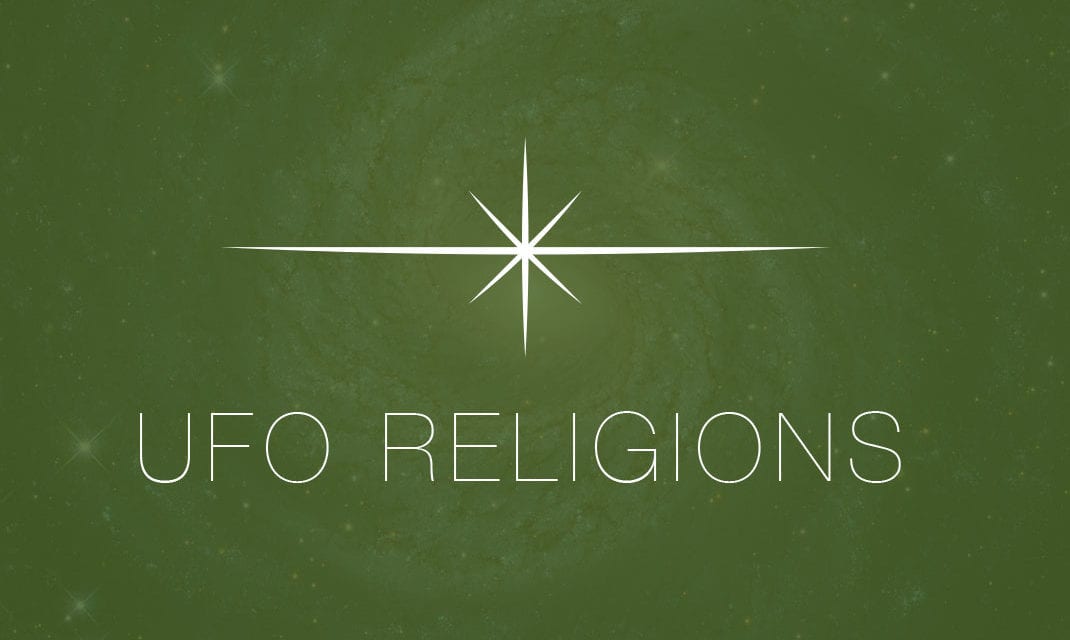
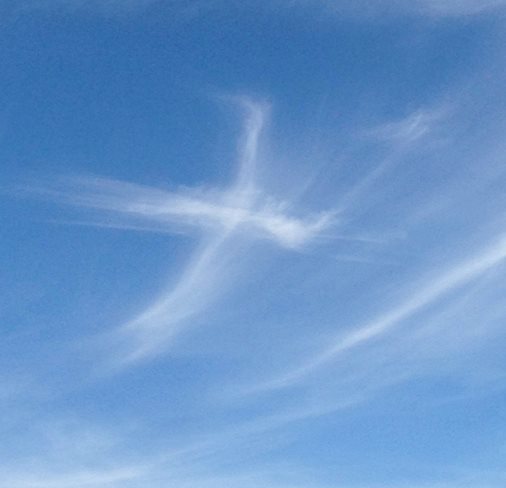
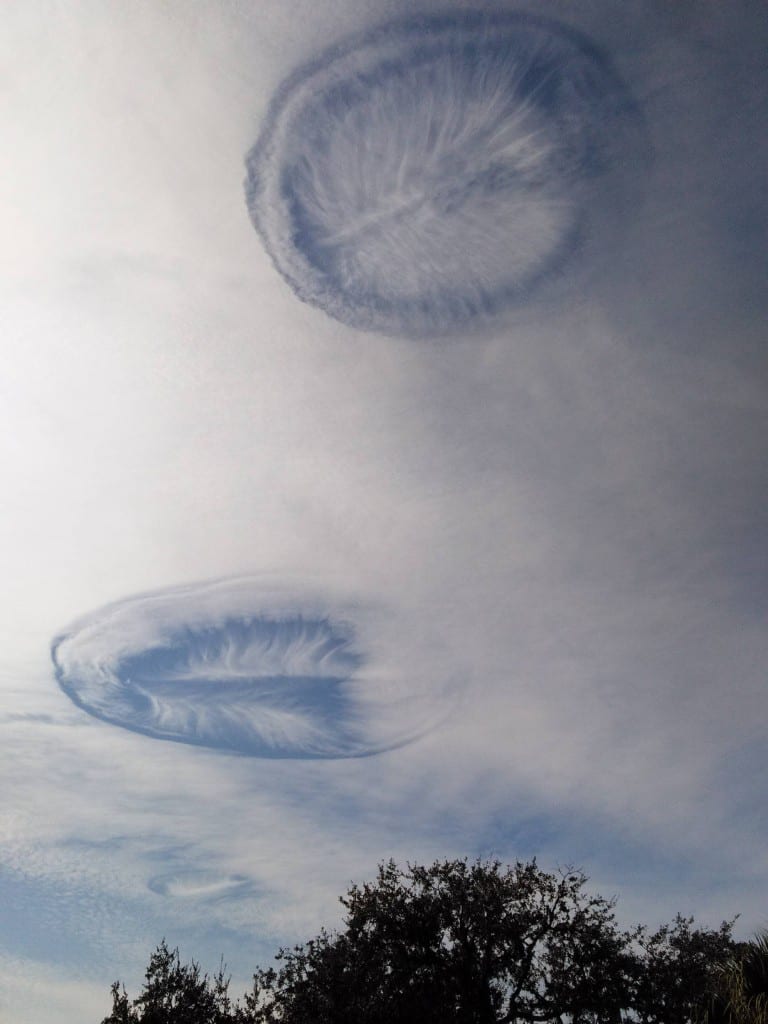
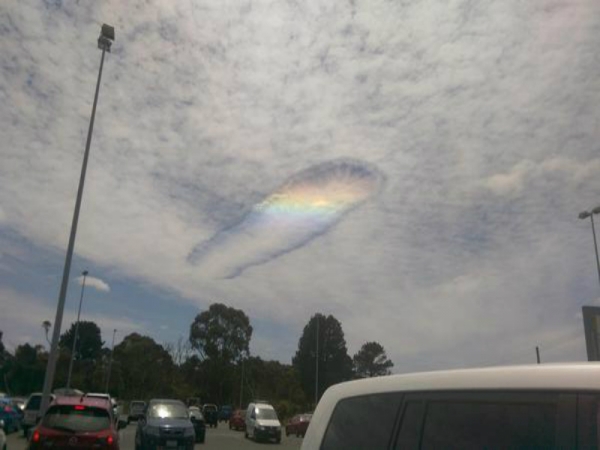

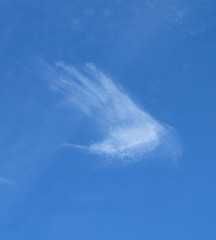

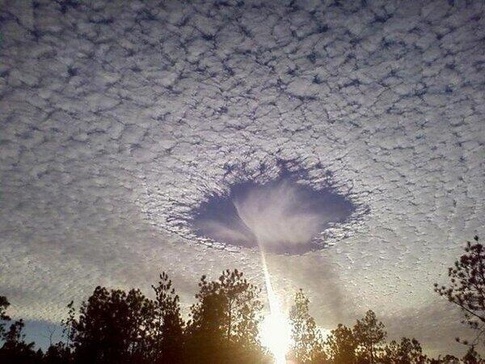
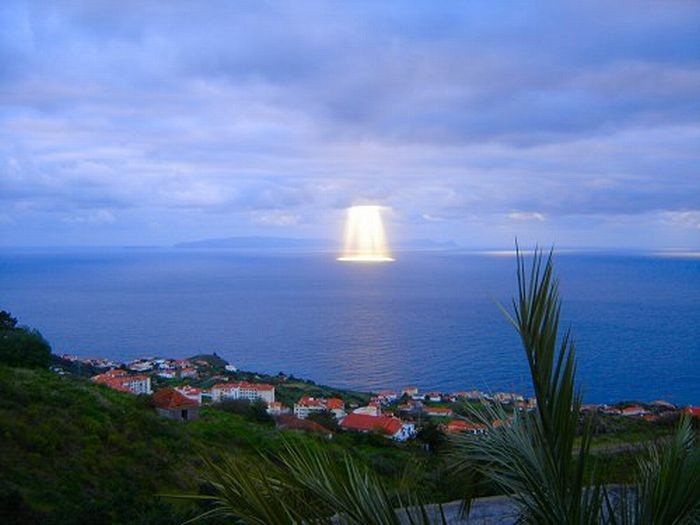
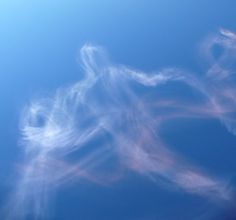
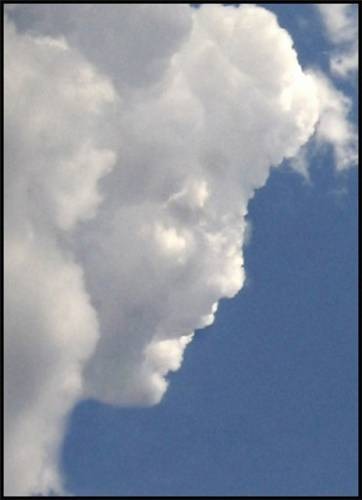
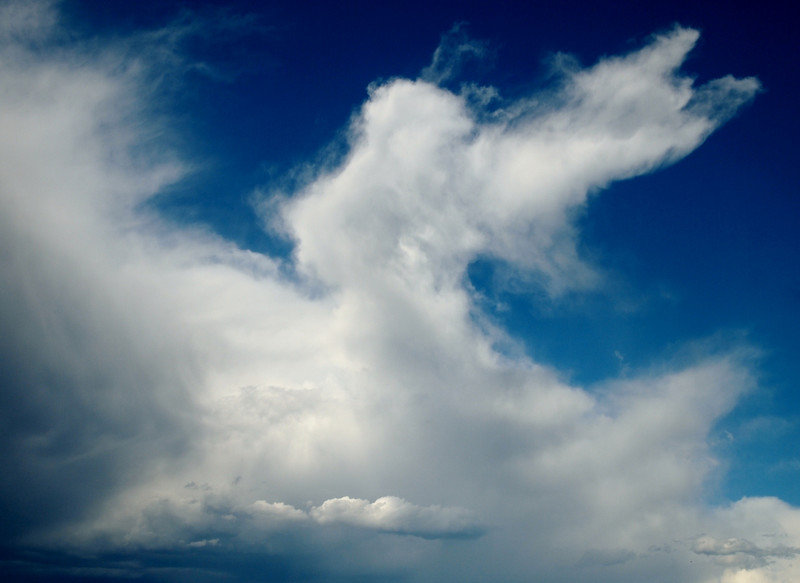
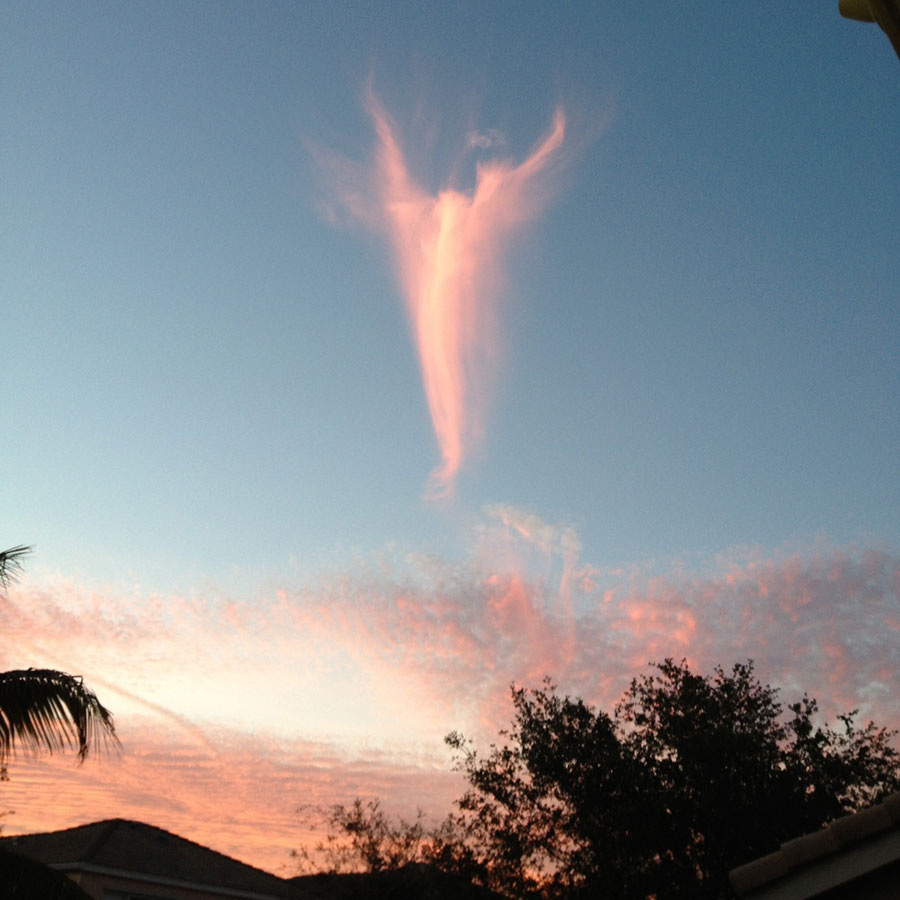
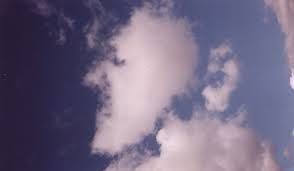
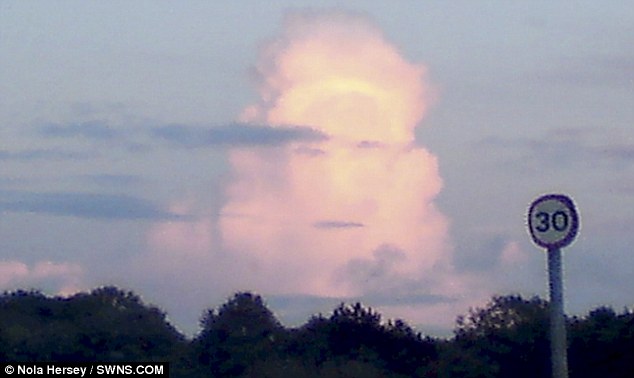
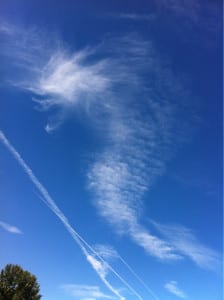

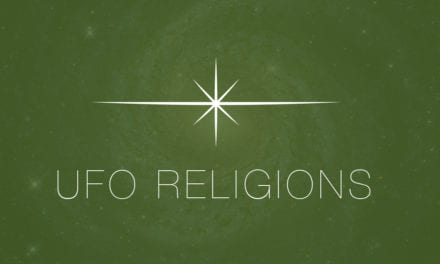




Really *COOL* cloud formation collection!!
just a few – there are lots of these on the web.
Those are some amazing pictures!
As far as scholarship goes, there seems to be a problemmatic relationship between fringe science and academia: the true-blue fringe advocates go on quite a lot to other true-blue believers that the academic “elite” won’t even look at the evidence for X. So for X advocates to cite scholars who do indeed look at X is a perilous tactic.
Interesting post, Mike! As we filter almost every thought and evidence through our contemporary lenses, it seems difficult for many to momentarily imagine various natural phenomena as how it might have been interpreted within the cultural and religious beliefs and limited knowledge base of an ancient – especially any fast-occurring/fast disappearing phenomena (like cloud or atmospheric ones). I’m sure you’ve likely referenced so, but don’t you find it compelling that currently known physics and astrophysics powerfully rule out PHYSICAL aliens on PHYSICAL craft could have EVER visited earth? Debating whether theoretically existing aliens are extra-dimensional, demonic or another God-created being type is one thing, but obviously there are enormous and extensive reasons why planetary scientists and astrophysicists, etc reject belief that we’ve been visited (well noted here: http://www.reasons.org/extra-terrestrials-ufos/close-encounters/aliens-another-world-getting-here-there). I’m agnostic on alien life, but on alien visitations(physical/from other planets/star systems) I’m a staunch atheist!
agreed – and for those reading this, Hugh Ross’s chapters in the book “Lights in the Sky and Little Green Men” are pretty good summaries of those physics obstacles Philip speaks of — aimed at the non-specialist.
I still have not read any of Vallee’s books, but would like to. Is there one in particular that would make for a good introduction to his work? I don’t think this one is for me. My main interest in the UFO phenomenon is the alleged messages that come from these entities. It looks like a few of his books take a look at this issue.
I liked Passport to Magonia, but his trilogy has sort of taken “classic” status:
Dimensions : A Casebook of Alien Contact
Confrontations : A Scientist’s Search for Alien Contact
Revelations: Alien Contact and Human Deception
“The medieval mind and the Chinese mind would have seen otherworldly dragons in the sky had they seen these”
I disagree. Your attitude reminds me of those who dismiss early psychical researchers as being naive- basically, you assume people back then were idiots who couldn’t tell a cloud from a craft. Hmmmmmm? Actually, I have seen quite a few people call clouds ufos even today. Maybe you’re onto something? Oh well, I still think you vastly overstate your case.
any culture predisposed to believe in dragons and associate them with divinity or otherworldly power, would do as I described. The task is YOURS to prove otherwise, not mine.
We’re all familiar with clouds that have been mistaken for ufos, but what of ufos that have been mistaken as clouds?
http://news.stv.tv/scotland/west-central/262826-mystery-as-ufo-footage-emerges/
if this is the recent Scotland case, the “mothership” looks like an obvious projection onto the film (due to its jerky movement). Not impressed at all. If it’s not, you can alert me so I spend the time looking at it.
“any culture predisposed to believe in dragons and associate them with divinity or otherworldly power, would do as I described. The task is YOURS to prove otherwise, not mine.”
Why? You have not made a convincing case. Your case rests on your belief system and you try to avoid having to defend it. Weak. Really weak. But to be expected from a fundamentalist with a closed mind.
If you want to believe ETs are real, then I’d like physical evidence for them. Yes THAT is YOUR burden to prove, as it’s something you embrace, not mine.
“the inside of ufology as an “open to being convinced” researcher and observer. (A description that’s still appropriate).”
Lie. You can’t even be bothered to click on the link the person above provided. Someone with a sincere interest would have done so. It’s obvious there’s no genuine open minded interest. Your interest in the subject is only in confirming your beliefs. It’s up to YOU to prove why all these ancient reports are simply misidentified clouds and the like- something you have not come close to doing.
you’ll have to give me some context for this one.
trust me, I’m hardly afraid of you or UFO researchers. I’ve been in this a long time, long enough to know when there’s a lack of substance. I’d be thrilled to know there were really ETs out there; it would be cool. But there’s no evidence for that. If you don’t like it, too bad. Time to put up the evidence or sulk.